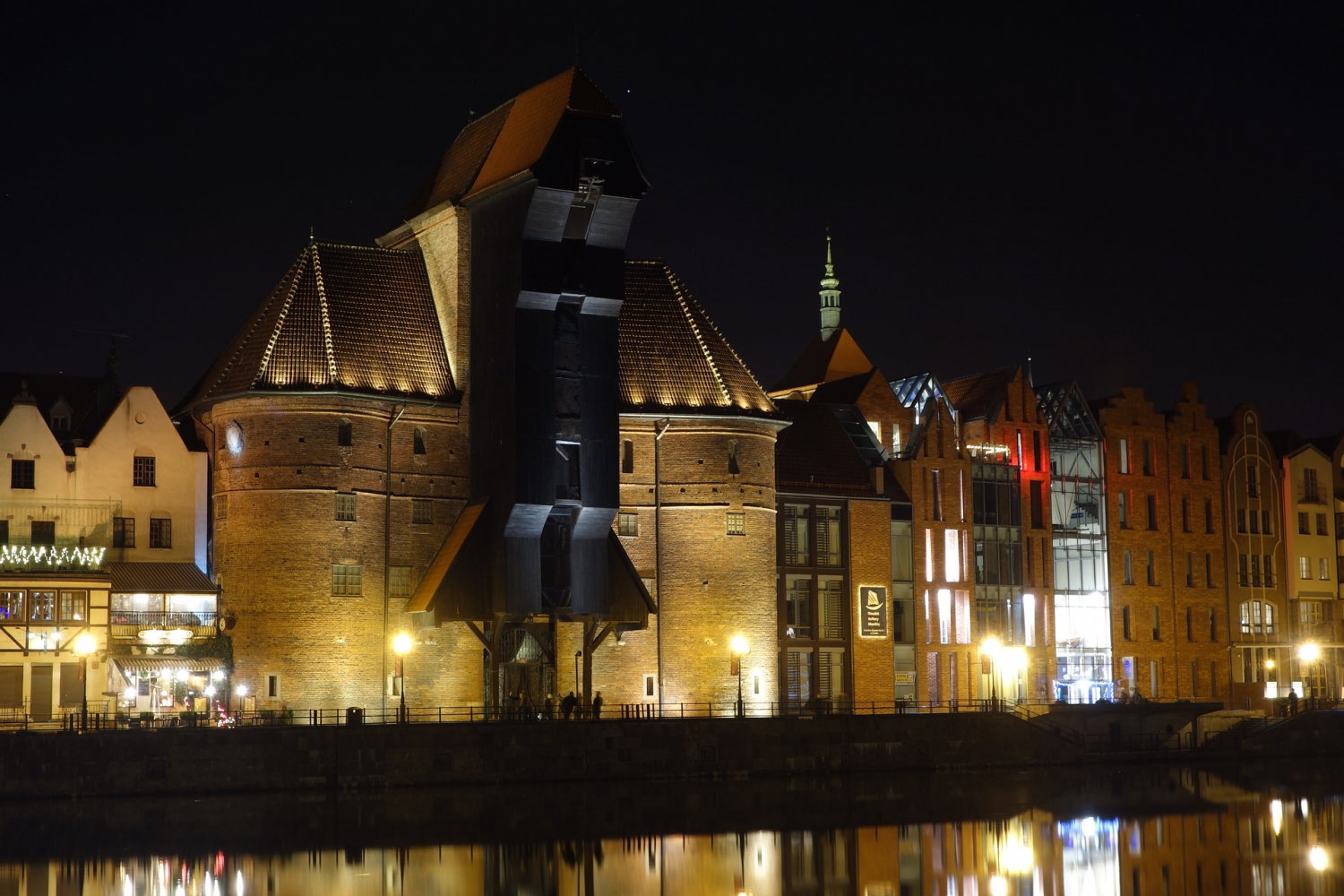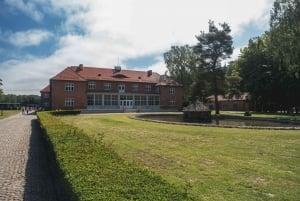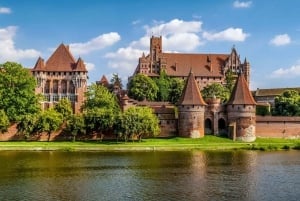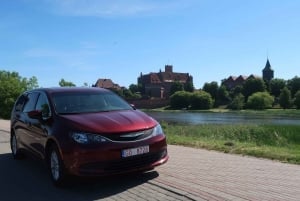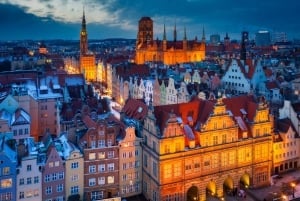GDANSK - KEY FACTS
Here are some key facts.
Gdansk is located in northern Poland, at the south shore of Baltic Sea, at the mouth of Motława to Wisła on the Gulf of Gdansk.
Gdansk is the largest city in Tri-city agglomeration. The metropolitan area includes Sopot, Gdynia and as well as minor towns in their vicinity. Each of the three cities is situated either on the coast of the Gdansk Bay or the Gulf of Puck.
The area of Tricity is approximately 400 km square and extends over a length over than 25 kilometers. The population of the agglomeration is about 1,1 million people.
Gdansk, itself has about 450 thousand habitants, it ranks on the sixth on the list of the cities with the biggest population both in Poland and in the Baltic Sea basin.
The temperate climate is similar to the rest of Poland, with warm (and sometimes hot) summer, and rather cold winters. The temperature on summer varies between 16°C to 30°C, and in winter usually is about 0°C (but can drop down even to -20°C). Even in the summer, evenings can be cool enough to take a jacket or sweater. Autumn and winter are often wet, and gray.
For the visitors the most recommendable is the Main City - the oldest part of Gdansk with the Royal Way terminating on the bank of river Motlawa, sandy and wide beaches, the shipyard with the European Center of the Solidarity, Westerplatte where the Second World War begun, the monumental Second War Museum, and the monuments of Oliva, former city, today part of Gdansk.
In the vicinity of Gdansk, it is worth visiting the Sopot, called polish Rimini, as well as beautiful, and partly wild beaches of the Vistula Spit, the Sobieszewo island, and not forget about Malbork, where the largest middle ages castle in Europe is located.


